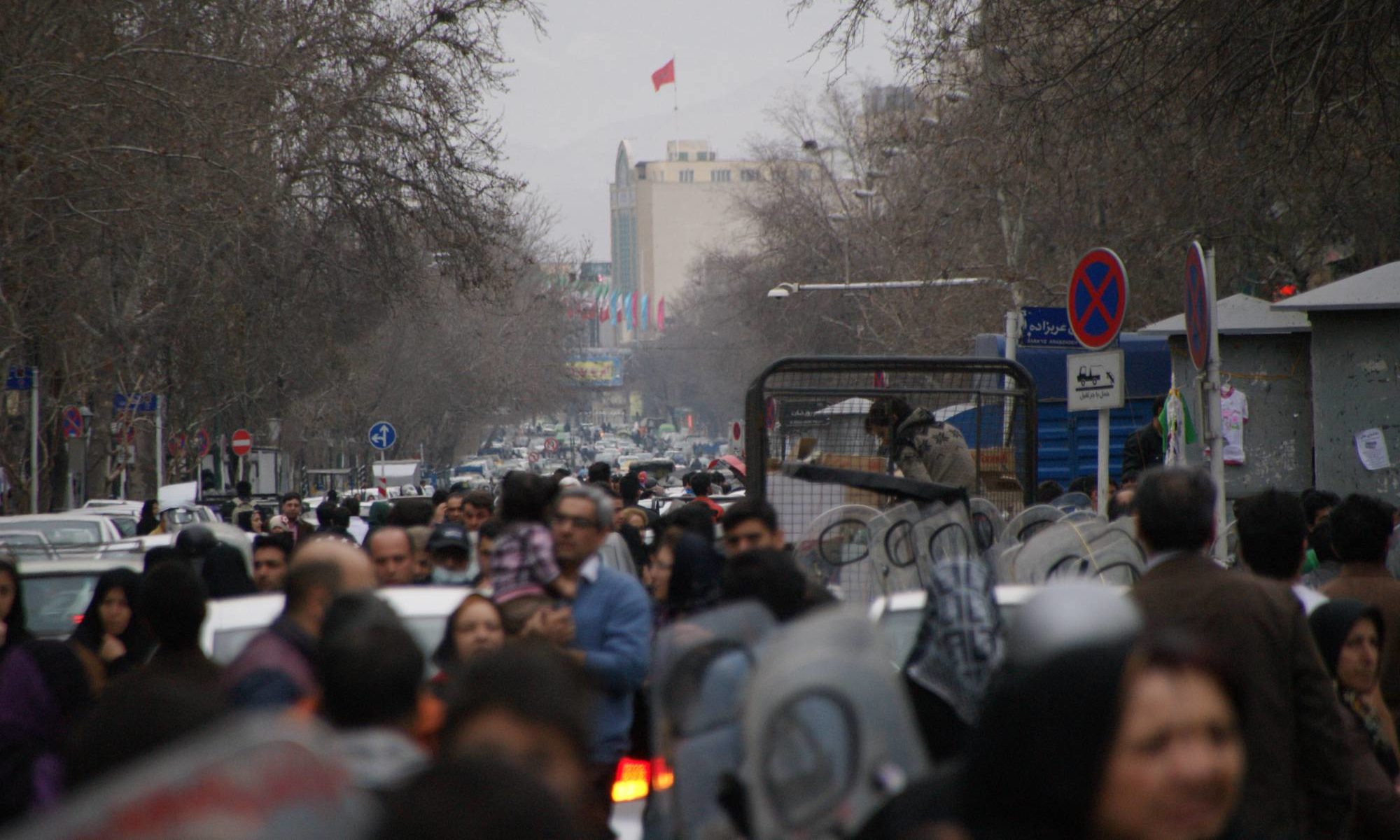2019
S. Atif Bilal; Masoumi Aslam, Houshmand
Residential location choices and the role of mobility, socioeconomics, and land use in Hafizabad, Pakistan Journal Article
In: Urbani Izziv, vol. 30, no. 1, pp. 115-128, 2019.
Abstract | Links | BibTeX | Tags: community-based planning, sustainable mobility, transportation decisions, transportation preferences, urban development strategies, urban policy, urban travel behavior
@article{Masoumi2019c,
title = {Residential location choices and the role of mobility, socioeconomics, and land use in Hafizabad, Pakistan},
author = {Aslam, S. Atif Bilal; Masoumi, Houshmand, E.; Naeem, Nida; & Ahmad, Mohammad},
doi = {DOI: 10.5379/urbani-izziv-en-2019-30-01-004},
year = {2019},
date = {2019-06-23},
journal = {Urbani Izziv},
volume = {30},
number = {1},
pages = {115-128},
abstract = {Residential self-selection in developing countries and its relation to urban transportation are understudied and not fully understood. This knowledge gap is even greater in the case of small cities in the developing world. This study takes Hafizabad, Pakistan as a case study with the objective of providing data for future quantitative analyses about residential location choices in small cities on the Indian subcontinent. A sample of 365 residents was interviewed from four neighbourhoods with a combined population of 19,042. This resulted in individual and household response rates of 1.92% and 12.65% and confidence levels of ±5.08% and ±4.79% for individual and household questions. The results show that the most important factors influencing residents’ decisions about moving are availability of utilities/services and affordable prices. Factors related to transportation, accessibility, and social issues, such as proximity to work and relatives, come next. The role of transportation in residential location choices in Hafizabad is less important in comparison to high-income countries. This finding shows how urban form can shape residents’ travel behaviour and suggests that small cities are more compact and walkable because about 40% of job-related trips are made by walking. The results of this study will help inform relevant government organizations about how to effectively devise policies for small cities because policies grafted from large metropolises might not work well at a smaller scale.},
keywords = {community-based planning, sustainable mobility, transportation decisions, transportation preferences, urban development strategies, urban policy, urban travel behavior},
pubstate = {published},
tppubtype = {article}
}
2016
Hosseini, Maryamsadat; Gouda, Amr Ah.; Masoumi, Houshmand E.
Urbanization Trends and Urban Planning Stratagies in Three Major Middle Eastern Countries: Iran, Egypt, and Turkey Journal Article
In: Romanian Journal of Geography, vol. 60 (2), pp. 155-171, 2016.
Abstract | Links | BibTeX | Tags: the Middle East, urban development strategies, urban policy, urban population, urban sprawl, urbanization
@article{Hosseini2016,
title = {Urbanization Trends and Urban Planning Stratagies in Three Major Middle Eastern Countries: Iran, Egypt, and Turkey},
author = {Maryamsadat Hosseini and Amr Ah. Gouda and Houshmand E. Masoumi},
url = {https://rjgeo.ro/atasuri/revue roumaine 60_2/Hosseini et al..pdf},
year = {2016},
date = {2016-07-01},
journal = {Romanian Journal of Geography},
volume = {60 (2)},
pages = {155-171},
abstract = {Rapid urbanization has turned into a problematic phenomenon laying negative effects on the Middle Eastern cities and their peripheries. Although fast increase in urban population of the countries of the region has been well-researched, the connections to urban development strategies and patterns are being neglected. This paper examines the time coincidence of some of the dominant planning trends of the past decades that are considered to be associated with the intensive urban population changes. The paper attempts to discuss over the points in which the three countries witnessed significant increase and decrease in fertility rates. For that, the data of the World Bank have been applied. The graphs seen in this paper have been produced by the Google public data from the World Bank website, which provides the possibility of separating urban and rural populations. The descriptive analysis of this study shows that these vigorous changes of population growth rates have been more powerful in Iran and Turkey and steadier in Egypt. Examples of weak planning in the three target countries of this study, Iran, Egypt, and Turkey, such as failure in new city planning in Egypt, extensive sprawl in Turkish cities, rural-urban migration in Iran and Turkey, and the policy of wholesale land selling in Iran depict uncontrolled and vis-à-vis urban planning taking the wrong route. It is concluded that controlling urbanization trends in emerging countries, like the Middle Eastern states, requires a strong and strict urban planning system that avoids trial and error.},
keywords = {the Middle East, urban development strategies, urban policy, urban population, urban sprawl, urbanization},
pubstate = {published},
tppubtype = {article}
}
Masoumi, Houshmand E.; Mirmoghtadaee, Mahta (Ed.)
Transit-oriented Development in Iran, Challenges and Solutions Periodical
vol. Special Issue 2016, 2016.
Links | BibTeX | Tags: Tehran, urban development strategies, urban policy, urbanization
@periodical{Masoumi2016b,
title = {Transit-oriented Development in Iran, Challenges and Solutions},
editor = {Houshmand E. Masoumi and Mahta Mirmoghtadaee},
url = {https://www.tema.unina.it/index.php/tema/issue/viewIssue/317/188
https://www.tema.unina.it/index.php/tema/issue/download/317/188},
year = {2016},
date = {2016-02-29},
journal = {TeMA Journal of Land Use and Environment},
volume = {Special Issue 2016},
keywords = {Tehran, urban development strategies, urban policy, urbanization},
pubstate = {published},
tppubtype = {periodical}
}
